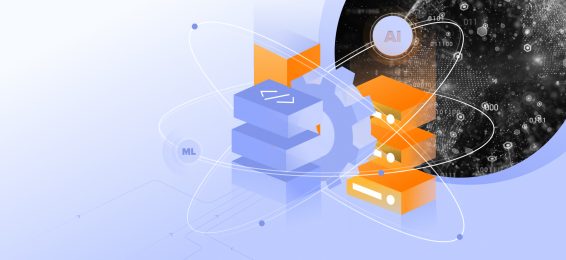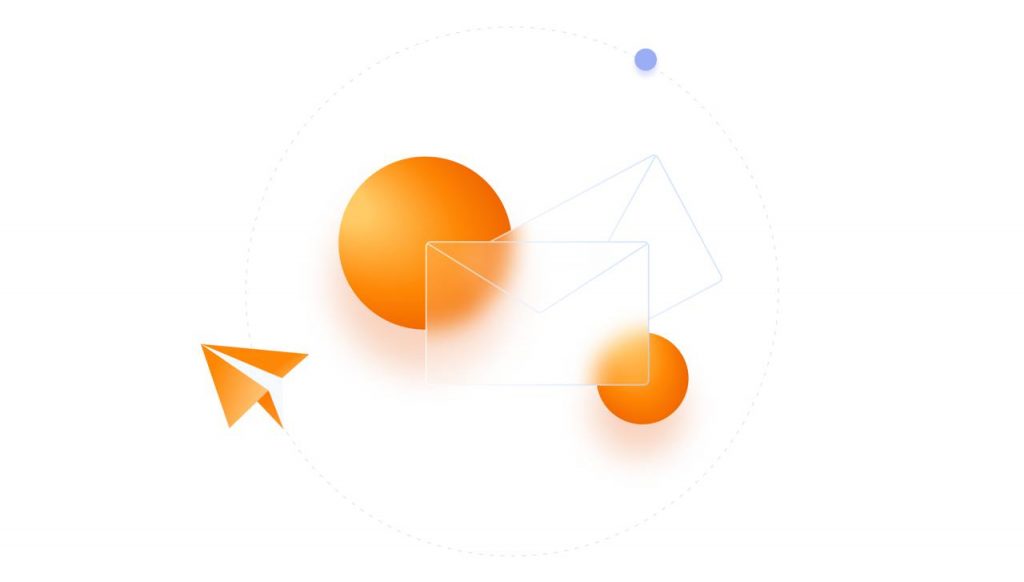Why is interoperability important?
Interoperability plays a critical role in enhancing efficiency and collaboration. In today’s increasingly interconnected world, organizations rely on multiple technologies that must work together to provide accurate and timely information. Whether in business, healthcare, or IT infrastructure, interoperability helps streamline workflows, reduce redundancies, and improve decision-making processes by ensuring that information moves freely and consistently between systems.
The benefits of interoperability are evident across industries.For instance, in healthcare, interoperable systems ensure that patient records, test results, and treatment information are accessible across different providers. This connectivity enhances patient care by eliminating communication gaps and reducing the risk of errors. In business, interoperability boosts productivity by allowing different teams and systems to work cohesively. Healthcare interoperability standards, such as Fast Healthcare Interoperability Resources (FHIR), are critical in enabling seamless data exchange.
What is interoperability testing?
Interoperability testing is the process of verifying whether different systems can effectively communicate and function together as intended. This testing checks the compatibility of interfaces, protocols, and data formats to ensure seamless integration. Interoperability testing is crucial to identify and rectify potential issues that could prevent data from flowing smoothly between systems. Functional interoperability is an essential aspect of this process.
For example, in software development, interoperability testing might involve ensuring that an app functions consistently across various operating systems or that a new API can properly exchange data with existing platforms. The primary goal is to deliver an uninterrupted user experience, where information is accurately transmitted, received, and understood. Interop labs often serve as a controlled environment for conducting such tests.
What is the difference between interoperability and integration?
While interoperability and integration are closely related, they are not the same. Integration refers to the process of combining different systems or applications so they can work as a unified solution. Integration often involves customized, direct connections that make systems dependent on each other.
Interoperability, on the other hand, focuses on the ability of these systems to communicate without requiring them to be tightly coupled or modified. It aims for flexibility, allowing diverse systems to interact while maintaining their independence. Essentially, integration is about connecting systems, while interoperability is about allowing these connected systems to communicate effortlessly. This distinction is key when considering scalable, adaptable infrastructures that can evolve without extensive reengineering.
What are some case studies of interoperability?
- Financial services: In the financial services industry, interoperability is crucial for integrating different banking systems, payment gateways, and regulatory platforms. A bank’s internal systems must communicate seamlessly with credit bureaus, payment processors, and international financial networks. This is an example of how interoperability data solutions can enhance customer service and operational efficiency.
- Smart home devices: In the smart home industry, interoperability testing ensures that devices from different manufacturers, such as smart lights, thermostats, and security cameras, can communicate and work together. By performing extensive interoperability testing, companies can guarantee that their products integrate seamlessly within smart ecosystems like Amazon Alexa or Google Home, providing a cohesive and user-friendly experience for consumers.
- Telemedicine: With the rise of telemedicine, interoperability in healthcare has become even more important. For instance, a telehealth platform must be able to access a patient’s EHR from different healthcare providers to provide effective virtual care. By ensuring interoperability, healthcare providers can deliver seamless virtual consultations, with access to complete patient histories and treatment plans, thus enhancing the quality of care and patient satisfaction.
- Cloud computing challenges: A company using services from both AWS and Azure may face challenges in achieving interoperability between the two platforms. Each cloud provider has its own set of tools, protocols, and APIs, which can make it difficult to move data or applications between environments. This example highlights interoperability challenges in cloud computing and how multi-cloud management platforms can improve compatibility.



